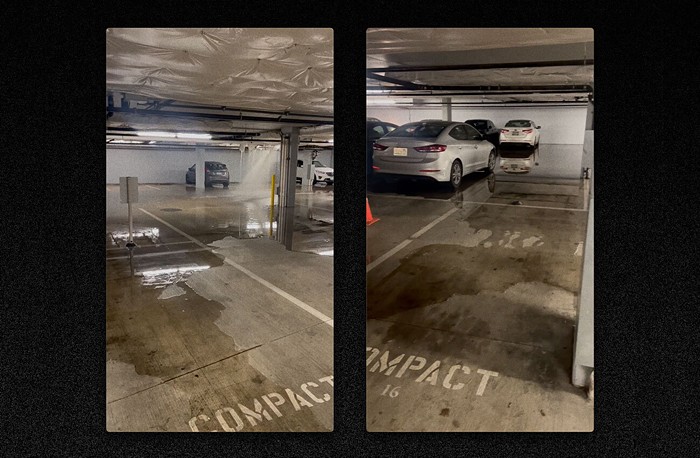In January 2022, Washington State acknowledged the critical role of arts education by passing Bill 5878. Championed by Senator Christine Rolfes and later modified through bipartisan efforts, the bill mandates regular arts instruction across schools starting in the 2023-24 school year. However, it falls short in one critical aspect: the provision of dedicated funding for its implementation.
As the bill’s target school year comes to a close, it’s clear that many schools continue to face stretched budgets and have not only struggled to integrate arts education but are having to cut existing programs. However, instead of viewing the implementation of Bill 5878 as unattainable, we should advocate for the funding to support it.
In addition to enriching our community and creating secure job opportunities, strengthening arts education can profoundly transform our students’ health. While music is often praised for enhancing academic performance, its role in health is far more important, especially given the recent uptick in youth mental health issues.
Beyond music therapy, which is beneficial for people recovering from strokes and for conditions such as dementia, Parkinson’s, and multiple sclerosis, research indicates that music participation and education supports the development of children's emotional intelligence, creativity, and physical and mental health. In fact, hundreds of studies have documented improvements in language skills, mood, immune system response, anxiety levels, and heart health.
While music offers numerous benefits, access to it varies significantly. In the United States, the accessibility of music education and experiences is heavily influenced by socioeconomic factors, such as school district funding and parental financial resources, leading to a significant gap in musical engagement among children.
While funding shortfalls plague schools nationwide, this challenge should ostensibly be less pronounced in Washington and, particularly, in a city like Seattle, which boasts some of the world's wealthiest individuals and most successful companies. However, the concentration of wealth among a few and the lack of policies to mitigate the rising cost of living pressures families who might otherwise opt for public education to move away. This exacerbates the cycle of decreased enrollment and reduced program offerings in public schools.
Pamela Ivezic, the visual and performing arts manager at Seattle Public Schools, emphasizes that the biggest challenge is economic inequality. “We see a huge disparity in terms of resources available to schools. Some schools can afford to have multiple music teachers and a variety of instruments, while others can barely manage to keep a single program running.”
This issue likely resonates with students and parents of Washington Middle School, who last year faced the threat of losing their band program due to budget cuts, prompting widespread protests. Everyone knew the cuts would be detrimental to the enrollment of Garfield High School's renowned jazz program, where most Washington Middle School students continue their education.
This situation reveals a domino effect rooted in a core issue: reduced funding for public schools leads to fewer and lower-quality programs, prompting more parents who can afford it to choose private schooling for their children. That cycle further exacerbates racial and socioeconomic inequities and reduces public school funding in subsequent years, as allocations depend on enrollment numbers.
Despite efforts to make music education accessible to all students, many Seattle schools still lack music programs. Of the Seattle School District's 73 elementary and K-8 schools, only 52 have general music programs, and many of them are running on fumes. “Some of our teachers are at nine schools,” says Gail Sehlhorst, the Seattle Public Schools K-12 Instructional Services Music Coach. “Imagine if you’re that teacher—scheduling, organizing performances, or ensuring instruments are available at each school. So, it's not just about being spread thin; it's about the impact on the quality of music education that we can provide.”
The University of Washington and other institutions in the state have robust music education programs, producing graduates eager to find employment each year. Yet, one must question the fairness of asking them to enter a system where they are well aware of the daunting challenges that lie ahead.
Instead of expecting teachers to sacrifice their well-being and to tirelessly battle to keep their programs alive, those of us who cherish music and recognize the importance of music education for our students must do our part. While the band program at Washington Middle School was preserved through a private donation, relying on the generosity of a few is unsustainable. Advocating for dedicated funding for Bill 5878 is crucial to closing the gap in arts education access, ensuring equitable health and educational opportunities for every student in Washington.
Nicole Stankovic is a Master of Public Health student at the University of Washington. She is also pursuing a Master's in Piano Performance. Her current research involves the effects of music on health.



















